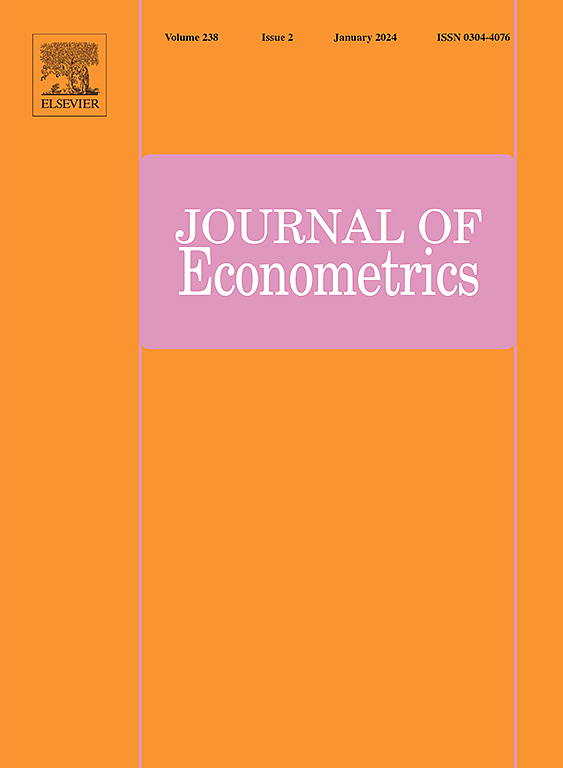宏观经济分析的贝叶斯神经网络
IF 4
3区 经济学
Q1 ECONOMICS
引用次数: 0
摘要
宏观经济数据的特点是观测数量有限(小T),许多时间序列(大K),但也具有时间依赖性。相比之下,神经网络是为具有数百万观测值和协变量的数据集设计的。在本文中,我们开发了贝叶斯神经网络(bnn),它非常适合处理政策机构中通常用于宏观经济分析的数据集。我们的方法避免了大量的规范搜索,通过一个新的混合规范的激活函数,适当地选择非线性的形式。收缩先验被用来修剪网络,并将不相关的神经元强制为零。为了处理异方差性,对BNN进行了误差项的随机波动模型扩充。我们通过模拟演示了该模型如何在政策机构中使用,并展示了与其他机器学习方法相比,bnn产生更准确的点和密度预测。本文章由计算机程序翻译,如有差异,请以英文原文为准。
Bayesian neural networks for macroeconomic analysis
Macroeconomic data is characterized by a limited number of observations (small ), many time series (big ) but also by featuring temporal dependence. Neural networks, by contrast, are designed for datasets with millions of observations and covariates. In this paper, we develop Bayesian neural networks (BNNs) that are well-suited for handling datasets commonly used for macroeconomic analysis in policy institutions. Our approach avoids extensive specification searches through a novel mixture specification for the activation function that appropriately selects the form of nonlinearities. Shrinkage priors are used to prune the network and force irrelevant neurons to zero. To cope with heteroskedasticity, the BNN is augmented with a stochastic volatility model for the error term. We illustrate how the model can be used in a policy institution through simulations and by showing that BNNs produce more accurate point and density forecasts compared to other machine learning methods.
求助全文
通过发布文献求助,成功后即可免费获取论文全文。
去求助
来源期刊

Journal of Econometrics
社会科学-数学跨学科应用
CiteScore
8.60
自引率
1.60%
发文量
220
审稿时长
3-8 weeks
期刊介绍:
The Journal of Econometrics serves as an outlet for important, high quality, new research in both theoretical and applied econometrics. The scope of the Journal includes papers dealing with identification, estimation, testing, decision, and prediction issues encountered in economic research. Classical Bayesian statistics, and machine learning methods, are decidedly within the range of the Journal''s interests. The Annals of Econometrics is a supplement to the Journal of Econometrics.
 求助内容:
求助内容: 应助结果提醒方式:
应助结果提醒方式:


